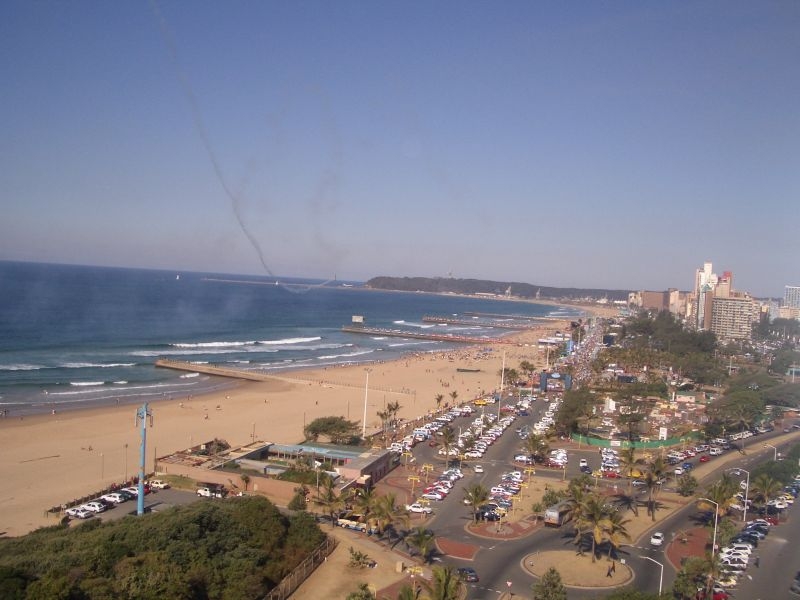W. K. Lis
Superstar
From 1969 to 1978, the University Subway (Line 1) was closed and replaced by buses between Union Station and St George Station, during the late evenings and on Sundays. Don't think that will happen with the Eglinton West LRT extension.
Still waiting for that to happen with the Sheppard East Subway (Line 4).
Still waiting for that to happen with the Sheppard East Subway (Line 4).
